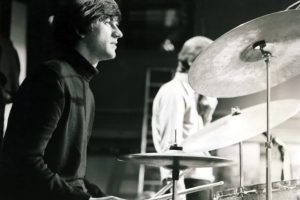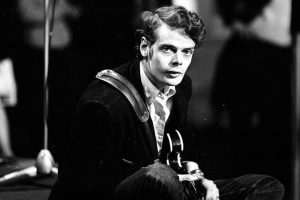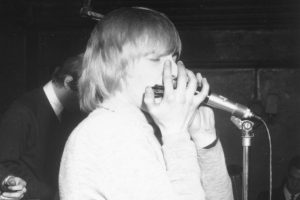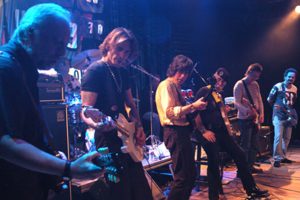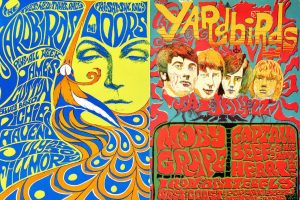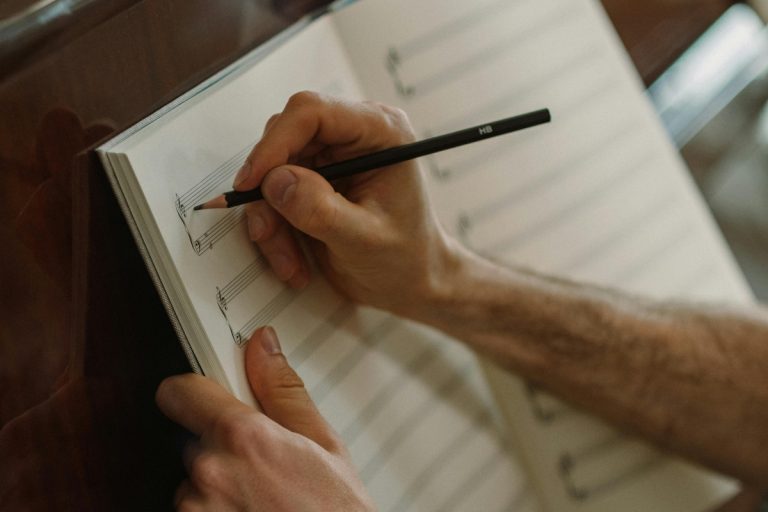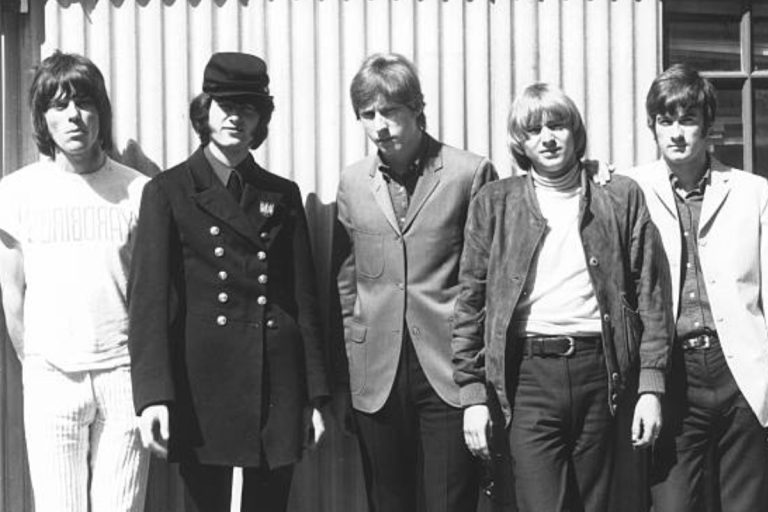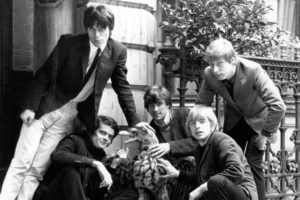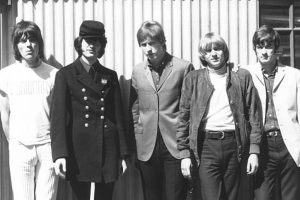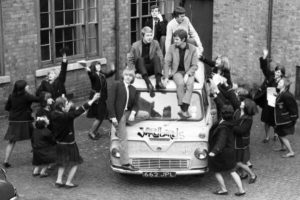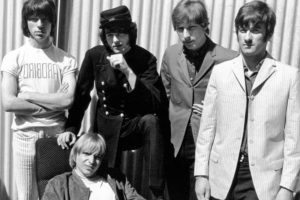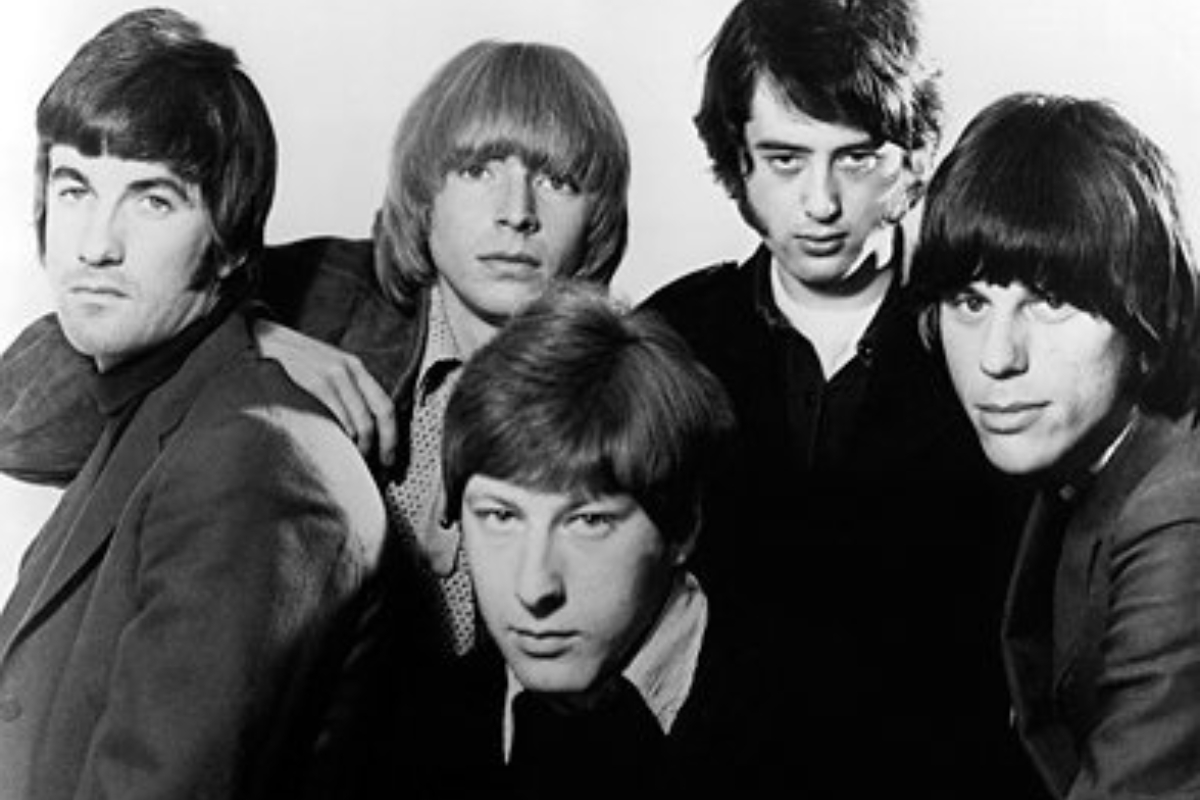
The studio techniques employed by The Yardbirds were a crucial part of their iconic sound. As a band unafraid to experiment, The Yardbirds became pioneers in the use of innovative technologies and methods in record production. Through these studio techniques, they created songs that not only resonated with fans but also had a significant influence on the development of rock music.
A Look at The Yardbirds’ Iconic Studio Techniques and Sound
The Yardbirds were a band unafraid to experiment with sound and technology. In this article, we will explore some of the studio techniques they used in their recordings to capture their distinctive sound. These techniques included overdubbing, the use of guitar effects such as fuzz and reverb, as well as innovative methods of audio manipulation. These techniques not only gave them a unique sound but also opened up new possibilities for artists in the music industry.
Introducing The Yardbirds: The Band That Brought Rock Innovation to Life
Before reaching the pinnacle of rock music, The Yardbirds began experimenting with their sound, and by developing new studio techniques, they gave rock music a new direction. Founded in 1963, the band featured three legendary guitarists: Eric Clapton, Jeff Beck, and Jimmy Page, each contributing to shaping the sound of The Yardbirds.
The band became renowned for their pioneering studio experiments, which began with jam sessions and improvisation. Their fusion of blues, psychedelic rock, and experimental sounds helped them become one of the most influential bands in music history. Through their unique sound, The Yardbirds played a significant role in the British Invasion of the ’60s and had a lasting impact on subsequent generations of musicians.
The Yardbirds contributed to the world of music not only through their live performances but also by innovatively using studio techniques that helped reflect their artistry in their beloved tracks. These techniques breathed life into some of their most famous songs, solidifying their place in rock history.
What is a Studio Technique?
A studio technique refers to the specific methods and processes used during the recording, mixing, and production of music in a studio environment. These techniques involve a variety of tools and technologies that help shape the final sound of a track. From microphone placement and the use of different effects to the manipulation of audio through overdubbing, compression, and other production techniques, each decision in the studio plays a crucial role in creating the desired sonic outcome.
In essence, studio techniques are the artistic choices and technical skills applied by musicians, producers, and engineers to enhance or transform the sound of a song. They allow for experimentation and innovation, enabling artists to push the boundaries of conventional sound and explore new musical possibilities. Whether it’s through the use of effects like reverb, delay, and distortion or more complex methods like multi-tracking and electronic manipulation, studio techniques are an essential part of the music-making process.
Exploring The Yardbirds’ Studio Techniques
The studio techniques used by The Yardbirds were unlike the typical methods of music production in their time. Through experiments with studio technologies, the band delivered a sound that was both unique and distinct. Their use of various audio effects, overdubbing, and special recording techniques formed the foundation of their albums and inspired artists worldwide.
Using Overdubbing to Create a Richer Sound
Overdubbing is one of the most well-known studio techniques that The Yardbirds employed. Through this process, a part of a song is recorded repeatedly to create multiple layers of sound. It is commonly used to add more detail and depth to a composition.
For example, in the song “Heart Full of Soul,” the band used overdubbing to achieve a richer, fuller guitar sound. Through this technique, each guitar note came to life, giving the song an intense feeling. Overdubbing not only helped their guitarists—Eric Clapton, Jeff Beck, and Jimmy Page—express their solos but also showcased their technical mastery of the instrument.
Experimenting with Effects and Pedals on Electric Guitars
Experimentation with audio effects and electric guitars was another important aspect of the studio techniques used by The Yardbirds. They did not limit themselves to the traditional sound of rock and roll. Instead, they used pedals like fuzz, delay, and reverb to create a darker, more mystical sound.
“Shapes of Things” is a prime example of how The Yardbirds used the Fuzz Face effects pedal. The captivating distortion in the guitar’s sound became the band’s signature and a key component of their studio sound. By using these pedals, they helped create a more experimental and innovative sound that influenced future generations of musicians.
Through these effects, they not only crafted a deeper sound but also offered a new perspective on how simple guitar riffs could be made vibrant and layered with sound using studio technology.
Audio Manipulation and Inventing Sound
One of the most impressive aspects of The Yardbirds’ studio techniques was their ability to experiment with audio manipulation. They did not just use typical recording methods but invented their own ways to enhance the sound of their songs.
An example of innovation is their use of tape delay and phasing effects. Through this technique, they achieved a unique sound that had never been heard before in mainstream rock. The song “I’m a Man” is a great example of the use of tape delay. This effect added a new dimension to their sound, resulting in a more avant-garde rock style.
The use of the phasing effect, as heard in “Dazed and Confused,” was a distinctive experiment that brought a new sound to rock music in the ’60s. Through these techniques, they combined futuristic and classic elements of sound, giving them a sound that was hard to replicate.
The Role of Instrumental Integration and Harmonies
The integration of various instruments such as guitar, bass, and drums was another key studio technique used by The Yardbirds to capture their unique sound. In each song, they not only included traditional rock instruments but also experimented with other sounds and harmonies to achieve an unusual result.
For example, in the song “For Your Love,” the seamless integration of guitar and drums gives the song a clean and tight sound. The vocal harmonies used in the band’s tracks were also remarkable. The layering of voices provided a more complex sound, further showcasing the band’s experimental nature.
The integration of these instruments played a crucial role in capturing the vibrant and lively nature of their sound. The harmonies and intricate layering of sound created a richer musical texture, reminding fans how they became part of the historic transformation in rock music.
Acknowledging the Legacy of The Yardbirds’ Studio Techniques
The use of advanced studio techniques by The Yardbirds not only became part of their sound but also laid the foundation for changes in the music industry. Their experiments opened the door to new ways of making music, which are still in use today.
As pioneers of studio techniques, The Yardbirds inspired bands like Led Zeppelin and many other artists who followed in their footsteps. Their ability to explore new sounds and technologies in music production proves their status as trailblazers in the field of rock.
